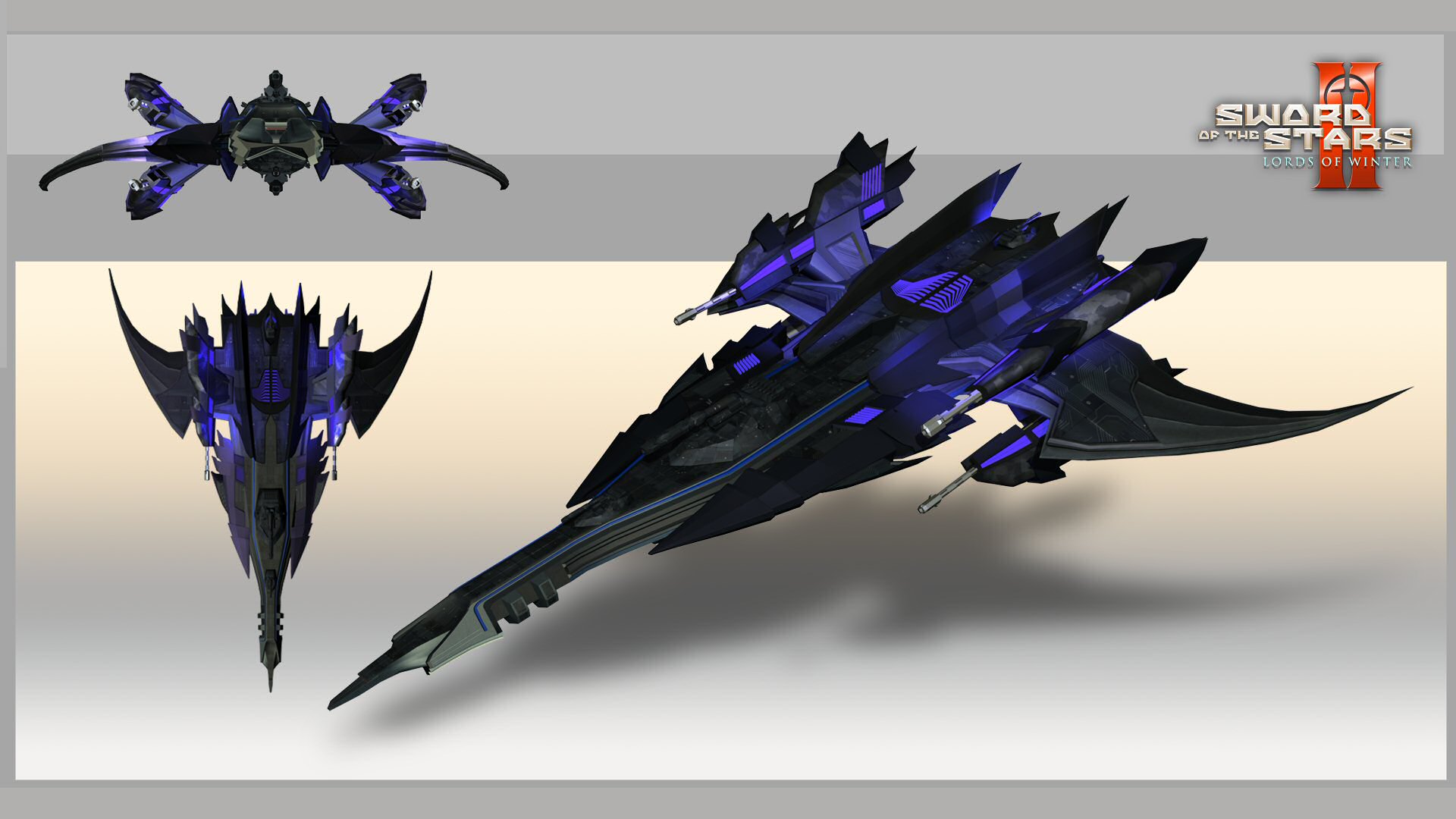Hello once again everybody! KupaRizu here and this week I’ve
been spending my time on the Action/RPG/RTS mash-up that is King Arthur II: The
Role-Playing Game. Developed by Neocore games and published by Paradox
Interactive, this sequel to King Arthur: The Roleplaying-War Game has big boots
to fill to compare to its big brother, but how did it do? Read on and find out
now!
The story of King Arthur 2 follows rather nicely from the
original with the land of Britannia in a state of peace and tranquillity from
your actions in the past. However darkness soon overcomes the land as an
ancient evil tears the kingdom apart, mortally wounding the great King Arthur
in the intro sequence, leaving his Son, who has lived in seclusion until now,
to lead a group of adventurers and heroes around the nation, recruiting armies,
solving quests and murdering demons that now plague the land.
King Arthur II is an RPG and Military Strategy game rolled
into one, switching between beautifully stylised text based “Choose your own Adventure”
sections, a beautified “Quest Select” screen, disguised as a open-world map of
Britannia, and Empire: Total War style epic battles.
The text based sections have a unique charm in their art
style and tell a brilliant story, however this is where my first complaint
comes in; the voice-acting. The narrator breaths heavily in between every
sentence, talks in an overly rough voice and exaggerates the wrong words in
sentences, thus ruining the atmosphere for me. While I’m sure I would soon get
used to it, I ended up turning off the speakers and reading it all myself, so
be warned, the narrator is terrible. But don’t go thinking that the text based
sections are terrible in themselves, oh no, they are the best, and least
glitchy parts of the game.
I’m not going to go
into too much detail about the overworld screen because there isn’t much to
say, it’s just a pretty way of selecting which quest to go on, or which army to
fight via a series of right clicks, nothing more.
The main area that you will see in the game is the combat
sections, fights have been ramped up from the first game with the engine now
capable of rendering 4,000 combatants in a single battle, and directing armies
in their 1,000s is a real fun thing to do. King Arthur II uses the good old RTS
theory of the Infantry->Archer->Cavalry triangle, while cleverly mixing
it up with new additions of flying enemies. While this all sounds awesome the
AI is so ridiculously stupid that even on “Nightmare”, the hardest difficulty,
where you will be outnumbered, out-magicked and outside of any strategic strong
point the combat is still boring and way too easy. I play a lot of RTS games,
and I know how good a victory feels when it’s prised from the gaping depths of
destruction, when you’re down to just five men and a tank, storming the enemy
stronghold, taking it apart slowly while dodging their much superior defences
and attacks, until you eventually destroy every last unit and building they
own. I never got anything close to that feeling in King Arthur II, the closest
I got was losing 120 men to their 1400 in a map so stacked against me a monkey
could’ve beaten Sun Tzu on it!
Another rather gaping problem with King Arthur is the
glitchyness of it, every two-or-three battles I would get a Crash to Desktop with
no warnings or error messages, my only option being to restart the game from
the beginning of the battle. Also sometimes the enemy AI would just freeze,
standing completely still as I ploughed through their ranks with no resistance,
again ruining the RTS side of things for me a bit.
I feel, as I did to a lesser extent with the original, that
if the game had just kept to the Text Based “Choose your own Adventure” side of
things then it would be a much better game already. The beautiful artwork and
rather epic storyline are pushed aside and trodden over by the big muddy boots
of the RTS sections, bringing down the enjoyability of both sides of the game.
If Neocore fix the buggy AI and ramp up the difficulty, then I could very
happily dump hundreds of hours in to this gem of a story, however until then
it’s going to sit on my Steam and gather digital dust.
KupaRizu out!




















